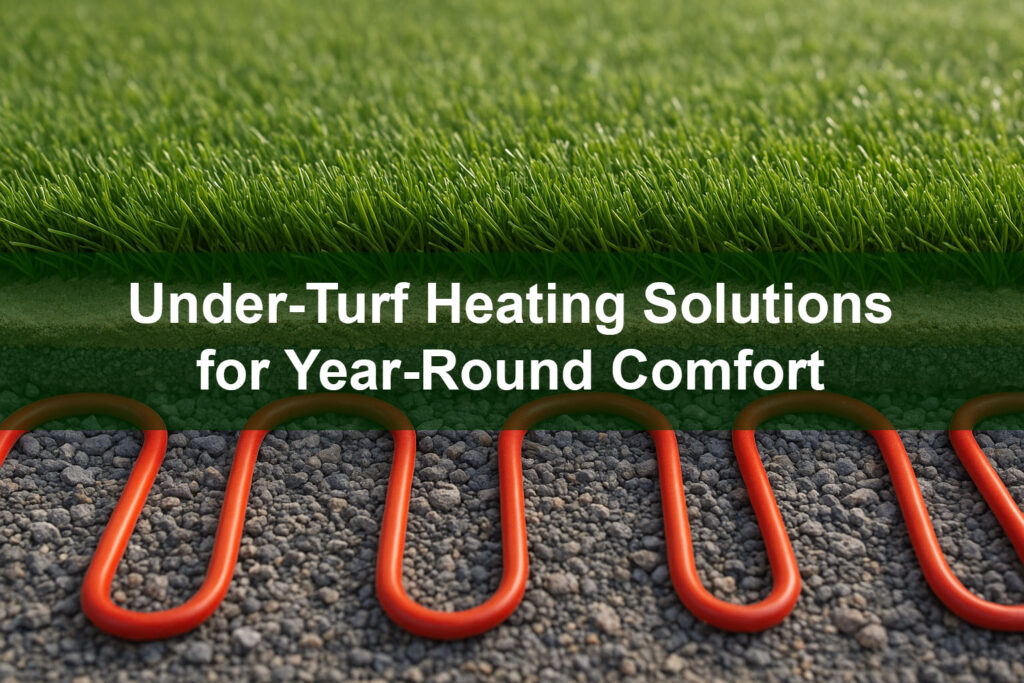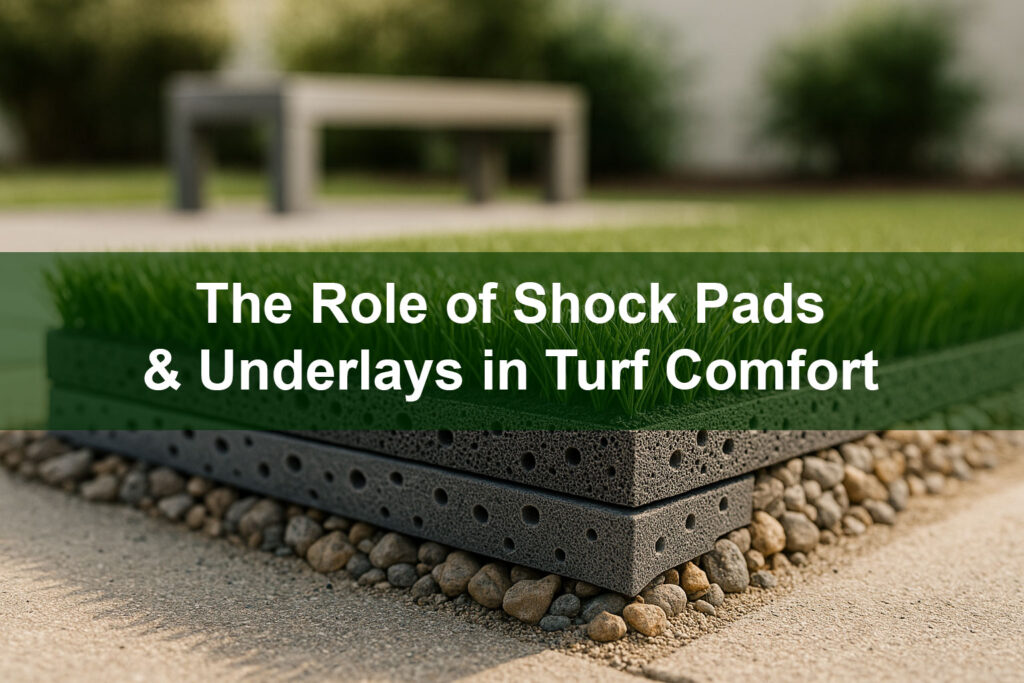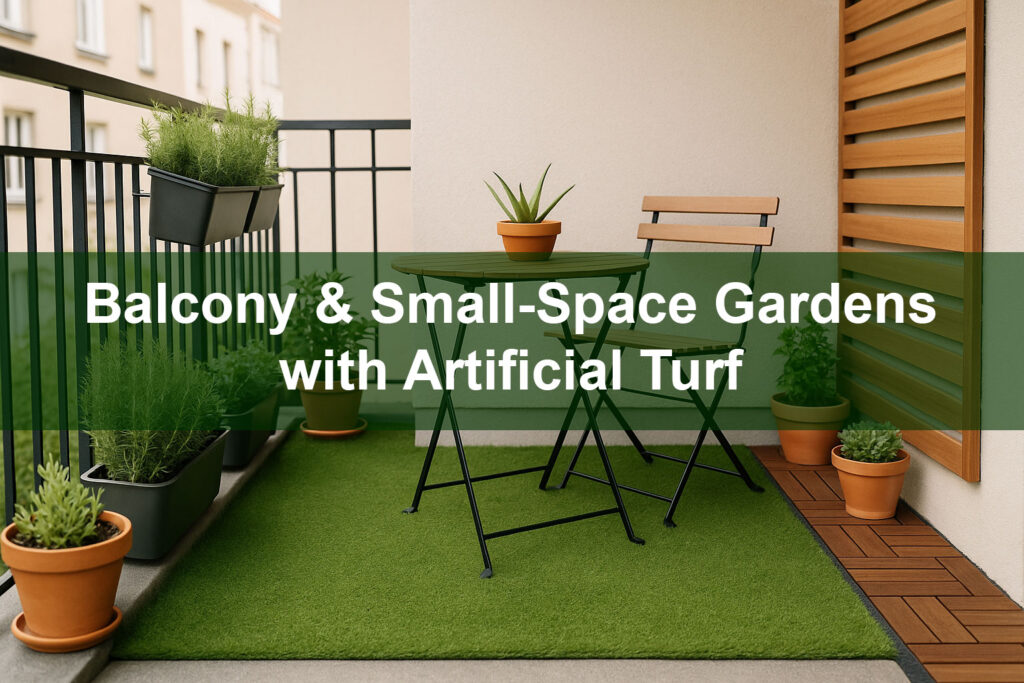Under-Turf Heating Solutions for Year-Round Comfort
Artificial grass isn’t just for sunny summer days—it’s a year-round landscaping solution that stays lush, durable, and practical in any climate. But if you live in a region where cold temperatures, frost, or snow are part of the seasonal routine, under-turf heating can take your installation to the next level of comfort and performance. This advanced system warms the ground beneath your artificial turf, creating a soft, dry, and usable surface—no matter the weather.
What You’ll Learn
- How under-turf heating systems work and what components they include
- The main benefits of heated artificial grass for homes and businesses
- Best practices for installation and insulation
- Energy efficiency and control options for year-round use
- Design and maintenance considerations for cold-climate turf
- Applications for residential lawns, sports fields, and commercial spaces
- Real-world examples of successful under-turf heating projects
What Is an Under-Turf Heating System?
An under-turf heating system is a network of electric or hydronic (water-based) heating elements installed beneath the artificial grass base layer. The system radiates gentle heat upward through the base and turf, keeping the surface above freezing and preventing the buildup of frost, snow, and ice.
Depending on your needs, the system can be:
- Electric: Uses insulated cables or mats powered by electricity. Ideal for smaller residential areas or high-traffic spots like patios and entrances.
- Hydronic: Circulates warm water through a system of flexible tubing connected to a boiler or heat pump. Best suited for large installations, sports fields, or commercial lawns.
Both systems can be managed by thermostats or smart controllers that automatically adjust based on outdoor temperature or moisture sensors.
Why Consider Heated Artificial Grass?
Under-turf heating enhances the comfort, usability, and longevity of your landscape in several key ways:
- All-Season Use: No more waiting for the thaw—your lawn or field stays soft and functional all winter.
- Improved Drainage: Heated sub-layers accelerate snowmelt and prevent ice buildup, keeping turf fibers dry and safe.
- Better Aesthetics: Heated turf maintains a natural, upright look without the matted or frozen appearance common in cold weather.
- Safety & Accessibility: Eliminates slick surfaces that can cause slips around walkways, playgrounds, or pet areas.
- Extended Lifespan: Minimizes freeze-thaw stress on turf backing and infill materials.
Components of an Under-Turf Heating Installation
A successful heating system requires several integrated layers working together:
- Sub-Base: Compacted aggregate or crushed stone provides drainage and stability.
- Insulation Board: Prevents downward heat loss into the soil, increasing efficiency.
- Heating Element: Electric cables or hydronic tubing distribute heat evenly.
- Sand or Crumb Rubber Layer: Protects the heating element and ensures consistent heat transfer.
- Artificial Turf: The surface layer, secured with seams, adhesive, and infill as in standard installations.
Modern systems are designed for minimal maintenance and can be retrofitted during a turf replacement project.
Energy Efficiency and Smart Control Options
Today’s under-turf heating solutions are surprisingly energy-efficient thanks to improved insulation materials, smart thermostats, and weather-adaptive programming. Many systems use low-voltage technology or connect to renewable power sources like solar or geothermal systems.
Consider adding a Wi-Fi–enabled controller that allows you to set temperature ranges or automate heating cycles. With real-time monitoring, you can maintain ideal comfort while minimizing energy use—especially during transitional months.
Design and Installation Considerations
Planning your under-turf heating layout begins with evaluating your turf type, intended use, and climate. Here are a few guidelines:
- Base Preparation: Proper compaction and grading are essential for even heat distribution and drainage.
- Insulation Placement: Rigid foam boards or specialized turf insulation mats should be installed directly under the heating layer.
- Temperature Settings: Aim for a surface temperature of 40–45°F (4–7°C) to prevent frost without excessive energy draw.
- Moisture Management: Integrate French drains or permeable sub-bases to handle meltwater efficiently.
For best results, work with an installer experienced in both artificial turf systems and radiant heating technology. Poor integration can lead to uneven heating or premature wear.
Applications Beyond the Backyard
Under-turf heating isn’t limited to residential lawns. It’s also transforming commercial and recreational environments:
- Sports Fields: Keeps professional or school facilities playable year-round, even in snowbelt regions.
- Golf Putting Greens: Prevents frost from disrupting play or turf texture.
- Pet Areas: Keeps surfaces warm and clean for pets during winter walks or potty breaks.
- Hospitality Spaces: Ideal for hotels, restaurants, and rooftop patios seeking visual appeal in colder months.
Maintenance and Longevity
Heated turf systems require little ongoing maintenance beyond standard turf care. Inspect electrical connections annually, check thermostats, and ensure proper drainage after heavy snowmelt. Because heating components are sealed beneath the base, they’re protected from moisture and UV exposure, often lasting decades with minimal service.
Routine cleaning—such as brushing the turf and refreshing infill—keeps the surface performing optimally. Avoid using metal tools for snow removal to prevent damaging the turf fibers.
Real-World Case Studies
Several cold-climate installations highlight the advantages of under-turf heating:
- Residential Patio in Denver: A 400-sq-ft artificial lawn equipped with electric heating mats remains snow-free even after overnight freezes, saving hours of shoveling.
- High-School Soccer Field in Minnesota: Hydronic heating integrated into the turf base keeps play consistent throughout the winter season, reducing frost-related cancellations by 90%.
- Pet Park in Ontario: A smart thermostat regulates heating only during freezing conditions, cutting energy costs by nearly 40% compared to continuous operation.
Is Under-Turf Heating Worth It?
If you live in a region with harsh winters or want a consistently dry, comfortable turf surface, an under-turf heating system is a smart investment. While the upfront cost can be higher than standard turf, the long-term benefits—greater usability, safety, and aesthetics—make it worthwhile for homeowners, property managers, and facility directors alike.
Ultimately, the decision comes down to your climate, usage, and budget. In most cases, pairing high-quality artificial grass with a properly engineered heating system delivers unmatched convenience and value year-round.
Bring Warmth to Your Lawn—All Year Long
Transform your outdoor space with a professional under-turf heating installation from Buy-Grass.com. Our experts design complete turf systems that perform beautifully in every season—from frost-resistant lawns to snow-melt sports fields.







